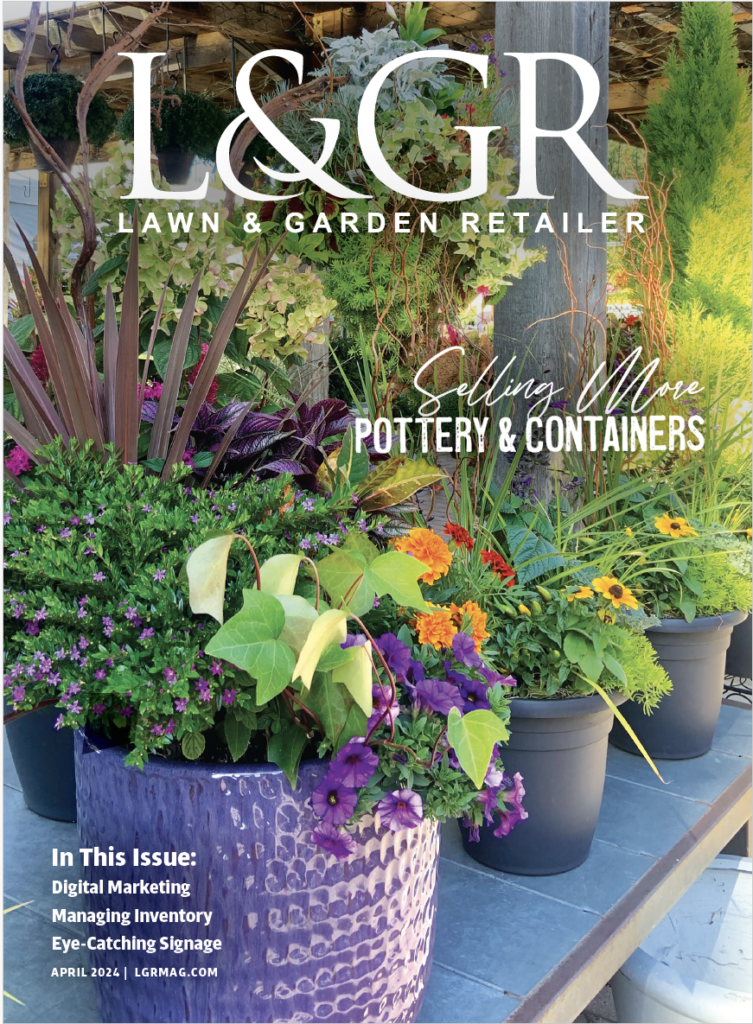Perfect 10s for 2010
These gorgeous garden performers stood out in trials. Will they make their way to your retail benches?
As an independent garden center, it is crucial to set yourself apart with outstanding plants. You want to keep your customers happy and coming back for more. That’s why each year Lawn & Garden Retailer compiles a list of all the year’s award-winning plants for you. These impressive plants outperformed the competition and wowed judges in the United States and abroad. Honored for their beauty, strength and versatility, these award winners will turn heads in your garden center.
AMERICAN GARDEN AWARD
www.americangardenaward.org.
Rudbeckia ‘TigerEye Gold’
(Goldsmith Seeds, www.goldsmithseeds.com)
This variety grabbed the attention of voters with its prolific display of brilliant 3-inch golden blooms. Voters also appreciated the compact habit of the 16 to 24 inch tall plants. The long-lasting golden dark eyed blooms made a strong statement while showing their hybrid tolerance to heat, humidity and powdery mildew. This most popular winner guarantees fantastic season-long color in gardens, mixed containers and landscapes.
Petunia ‘Baby Duck Yellow’
(Ball Horticultural Co. www.ballhort.com)
This petunia won because voters loved the way it brightened and blanketed the garden with its multitudes of soft yellow trumpet-shaped blooms. Voters saw that the 11/2-inch blooms didn’t wilt in summer’s heat, humidity or rain. Blooms completely covered the 18 to 24 inch plants that didn’t need deadheading or cutting back. Fast growing ‘Baby Duck Yellow’ spreads 30-36 inches and will rapidly fill-in gardens and containers.
Pentas ‘Northern Lights Lavender’
(Benary, www.benary.com)
This pentas’ large, lacy masses of lavender flower clusters attracted hummingbirds, butterflies and consumer voters alike. These 4- to 6-inch clusters of star-shaped florets covered the tropical-looking plants, which stand 18 to 24 inches high. This pentas, a breeding breakthrough, performed well throughout the country, showing off its tolerance to Northern temperatures as low as 50° F, as well as a love for rigorous Southern heat.
ALL-AMERICA ROSE SELECTIONS
www.rose.org
Rose ‘Easy Does It’
(Weeks Roses, www.weeksroses.com)
Attractive colors of mango orange, peach pink and ripe apricot bounce off the mirrored glossy green leaves, providing a bright fruit salad for the landscape. This rose’s free-flowing swirling shades show up in fragrant large colorful clusters atop a rounded bushy plant. Disease resistant and vigorous, ‘Easy Does It’ will perform well in any climate.
ALL-AMERICA SELECTIONS
www.all-americaselections.org
Echinacea ‘PowWow Wild Berry’
(PanAmerican Seed, www.panamseed.com)
This purple coneflower differs from all others for flower color, branching and plant size. Gardeners will love the deep rose-purple 3- to 4-inch flowers that retain color on the plant longer. Hardy to Zone 3, this first-year flowering perennial has superior performance including a basal branching habit, resulting in more flowers per plant. Reaching a height of 20-24 inches in the full sun garden, this winner bloomscontinually without deadheading.
Marigold ‘Moonsong Deep Orange’
(Syngenta Flowers, www.syngentaflowers.com)
AAS judges noted that this variety’s intense, deep-orange flower color could not be captured by photo. The fade-resistant orange flowers make others look more golden than orange. This unique color is one of the plant’s three desirable, improved traits. The flower size, from 212 to 312 inches, and fully double blooms rank among the best of its class. ‘Moonsong Deep Orange’ plants are vigorous, tolerating stress such as heat or drought. In the full sun garden, the erect plants will reach about 12-15 inches tall.
Viola ‘Endurio Sky Blue Martien’
(Syngenta Flowers, www.syngentaflowers.com)
Winner of the Cool Season Award category, ‘Endurio Sky Blue Martien’ is a unique spreading/mounding viola that may look delicate but delivers tough performance in the garden. In mild southern regions it flowers throughout the winter. In northern temperate climates, it dazzles gardeners with two-season color. It can also be planted in early spring, covering planters and landscapes with sky-blue blooms well into summer. It is suited to window boxes and hanging gardens, as well as balcony and patio planters.
Zinnia ‘Double Zahara Cherry’
(PanAmerican Seed, www.panamseed.com)
This interspecific cross between zinnia species results in dependable resistance to leaf spot and mildew diseases. Recommended for 4-inch pots or larger, the handsome symmetrical dark-green plants produce fully double 212-inch blooms. The flowers remain attractive for impulse sales at retail stores. Growing in a full sun garden, this winner will mature at about 12 inches tall and wide. Heat tolerant in the garden, ‘Double Zahara Cherry’ can be matched with other sun-loving annuals for container plantings.
Zinnia ‘Double Zahara Fire’
(PanAmerican Seed, www.panamseed.com)
Like its mate ‘Double Zahara Cherry’, this disease-resistant variety is crowned with 21/2-inch, fully double flowers. ‘Double Zahara Fire’ has proven leaf spot and mildew resistance. Gardeners can rely on ‘Double Zahara Fire’ for reliable, season-long performance. Plants will continue to bloom from spring to the end of the growing season, with little garden maintenance. Mature plants will be about 14 inches tall and spread 12 inches.
ALL AMERICAN DAYLILIES
www.allamericandaylilly.org
Daylily ‘Toy Cameo’
‘Toy Cameo’ is a winner in the Landscape category because it packs powerful performance into a petite, proportioned plant. Its compact habit, graceful foliage, well-groomed appearance and repeat blooming habit make it a top choice in its color category for a low groundcover, border plants and patio containers. The peach-pink petals surround a chartreuse-green throat and harmonize well with tropical sunset colors in the landscape. The 312-inch blossoms are perched atop 15- to 20-inch bloom scapes, surrounded by tidy, vigorous green foliage.
AMERICAN IVY SOCIETY
www.ivy.org
Hedera helix ‘Ritterkreuz’
This ivy has obscurely five lobes, with two small basal lobes, sometimes appearing as teeth on the lateral lobes. The terminal and lateral lobes are angular, sometimes toothed and are broadest near the middle, giving an almost diamond shape to the lobes. Color is mid green with lighter veins. When planted outside, the color will become dark with a reddish cast in winter. This versatile ivy does well as a houseplant, can be used in all types of topiary and has been shown to be winter hardy up to at least Zone 6. It will climb low walls but is not particularly fast growing either on a wall or in the ground.
AMERICAN HOSTA GROWERS ASSOCIATION
www.hostagrowers.org
Hosta ‘First Frost’
(Scolnik, Solberg 2002)
A sport of ‘Halcyon’, ‘First Frost’ is a frosty, white-edged hosta. Blue leaves emerge with a wide margin that matches the wonderful color of the center of ‘June’, another ‘Halcyon’ sport and 2001 Hosta of the Year; the leaves turn pure white if grown in half a day of bright light. Lavender flowers bloom in July. It has excellent color and substance, and will look unblemished in the garden until “first frost.”
FLEUROSELECT
www.fleuroselect.com
Zinnia ‘Double Zahara Fire’ (PanAmerican Seed, www.panamseed.com)
A double award winner this year (see page 12 for its previous mention), this exciting cultivar stunned judges with its beauty, disease resistance and garden performance. ‘Double Zahara Fire’ has been developed for use in mass landscape plantings in high light and warm temperate climates. It is a must for borders and containers. The unique color and large flowers will draw consumers.
Lathyrus ‘Villa Roma Scarlet’
(Hem Zaden, www.hemzaden.com).
‘Villa Roma Scarlet’ is the first Lathyrus odoratus to win the Fleuroselect Gold Medal, impressing judges with its innovative, bright color; overall attractivemeness and excellent garden performance. Flowering profusely from July to September, this beauty is suitable for container gardening, hanging baskets and for full-ground direct sowing. The variety requires no staking or trellis work.
PERENNIAL PLANT ASSOCIATION
Jasmina Radjevic is Associate E
Baptisia australis
Blue false indigo grows 3 to 4 feet tall and wide in an upright habit. This perennial is one of the most adaptable native species. Newly emerging shoots produce violet-blue, lupine-like flowers in 10- to 12-inch erect racemes atop flower stems that extend well above the foliage mound of clover-like, blue-green leaves. The spring flowers are present for three to four weeks.

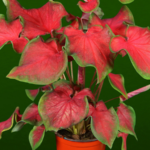
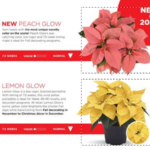

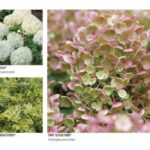
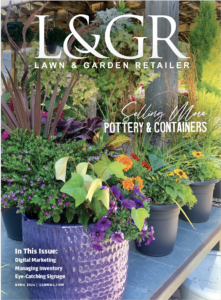
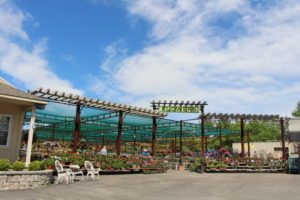
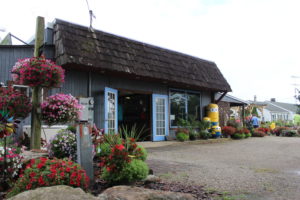
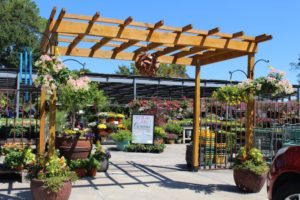

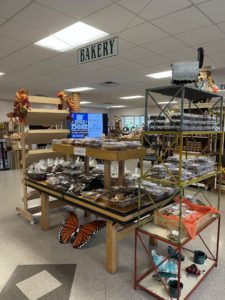
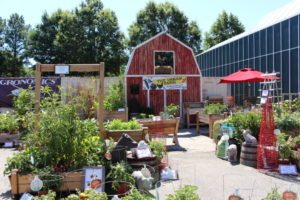
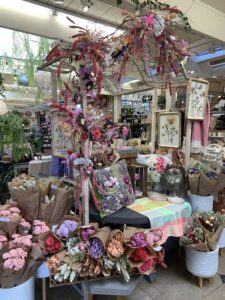

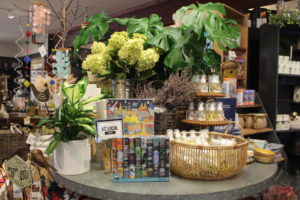
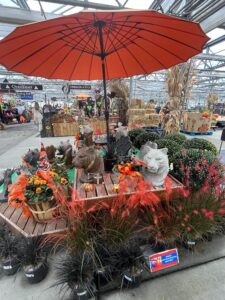
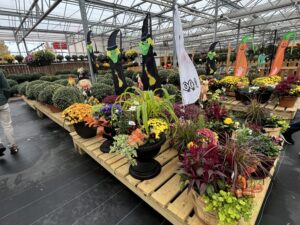
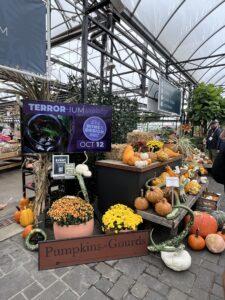
 Videos
Videos




